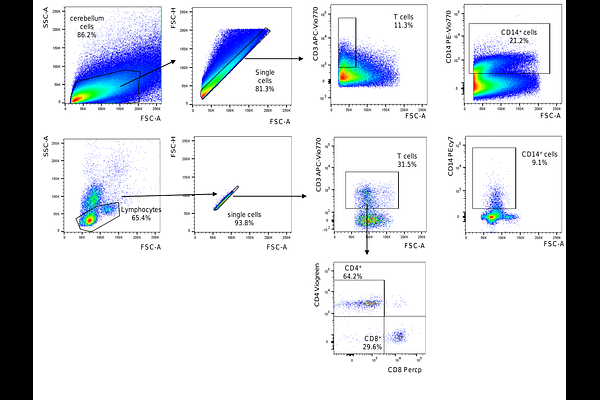N-acetylcysteine counteracts immune dysfunction and autistic-related behaviors in the Shank3b mouse model of Autism Spectrum Disorders

N-acetylcysteine counteracts immune dysfunction and autistic-related behaviors in the Shank3b mouse model of Autism Spectrum Disorders
Pangrazzi, L.; Cerilli, E.; Balasco, L.; Dall'O', G. M.; Chelini, G.; Pastore, A.; Weinberger, B.; Bozzi, Y.
AbstractAutism Spectrum Disorder (ASD) includes a range of neurodevelopmental disabilities characterized by social interaction deficits, communication impairments, and repetitive behaviors. Previous studies have shown that pro-inflammatory conditions play a key role in ASD. Here we reported that increased levels of molecules related to inflammation are present in the cerebellum and peripheral blood (PB) of mice lacking Shank3b, established model of syndromic ASD. In parallel, immune dysfunction was documented in the bone marrow (BM) and spleen of mutant mice. N-acetylcysteine (NAC) treatment rescued inflammation in the cerebellum and PB, as well as impaired production of pro-inflammatory molecules in the BM and spleen. In addition, social impairment was counteracted in NAC-treated Shank3b-/- animals. Taken together, our study further confirms the key role of cerebellar inflammation in the establishment of ASD-related behaviors. Furthermore, our findings underscore the importance of considering ASD as a systemic disorder.